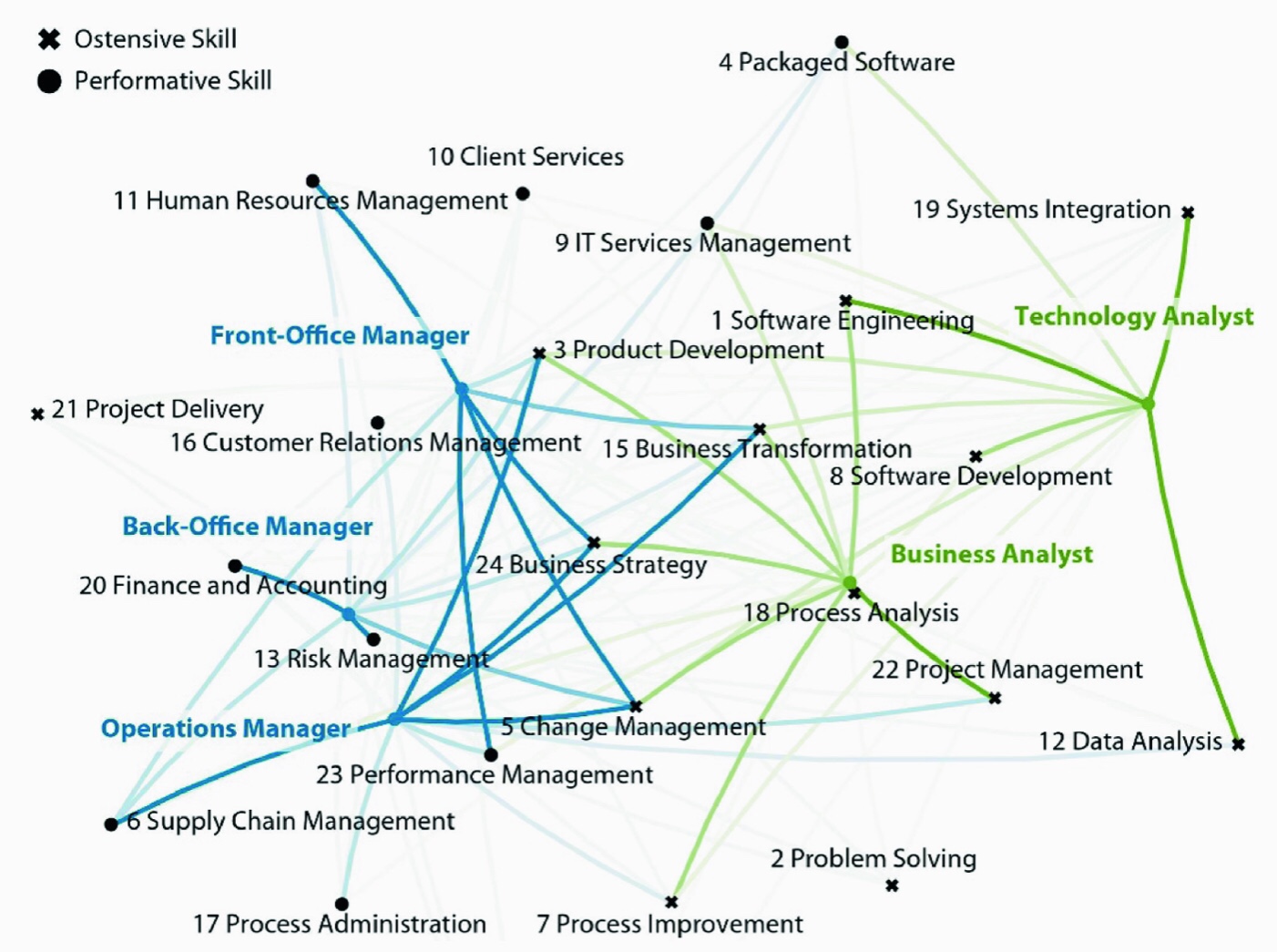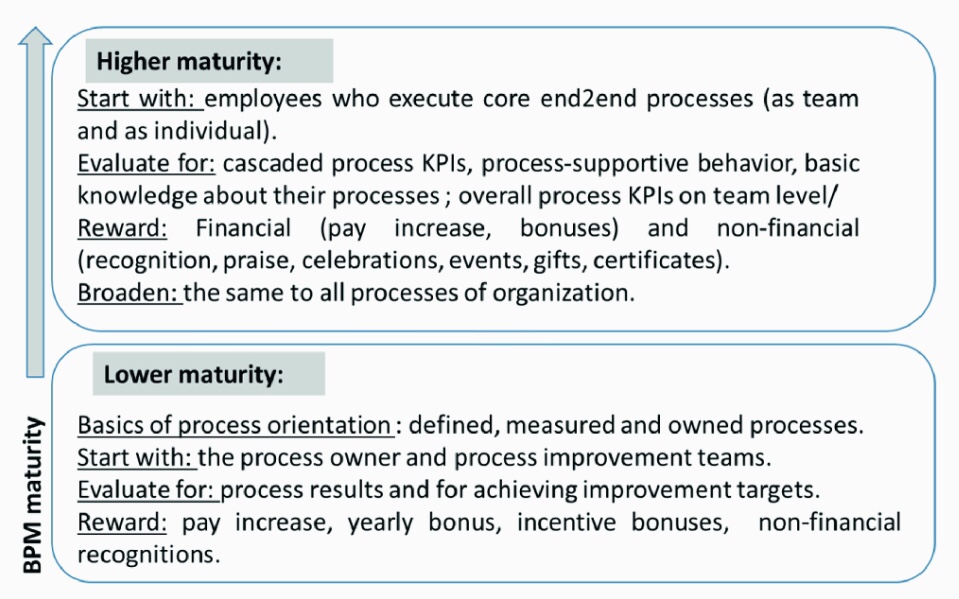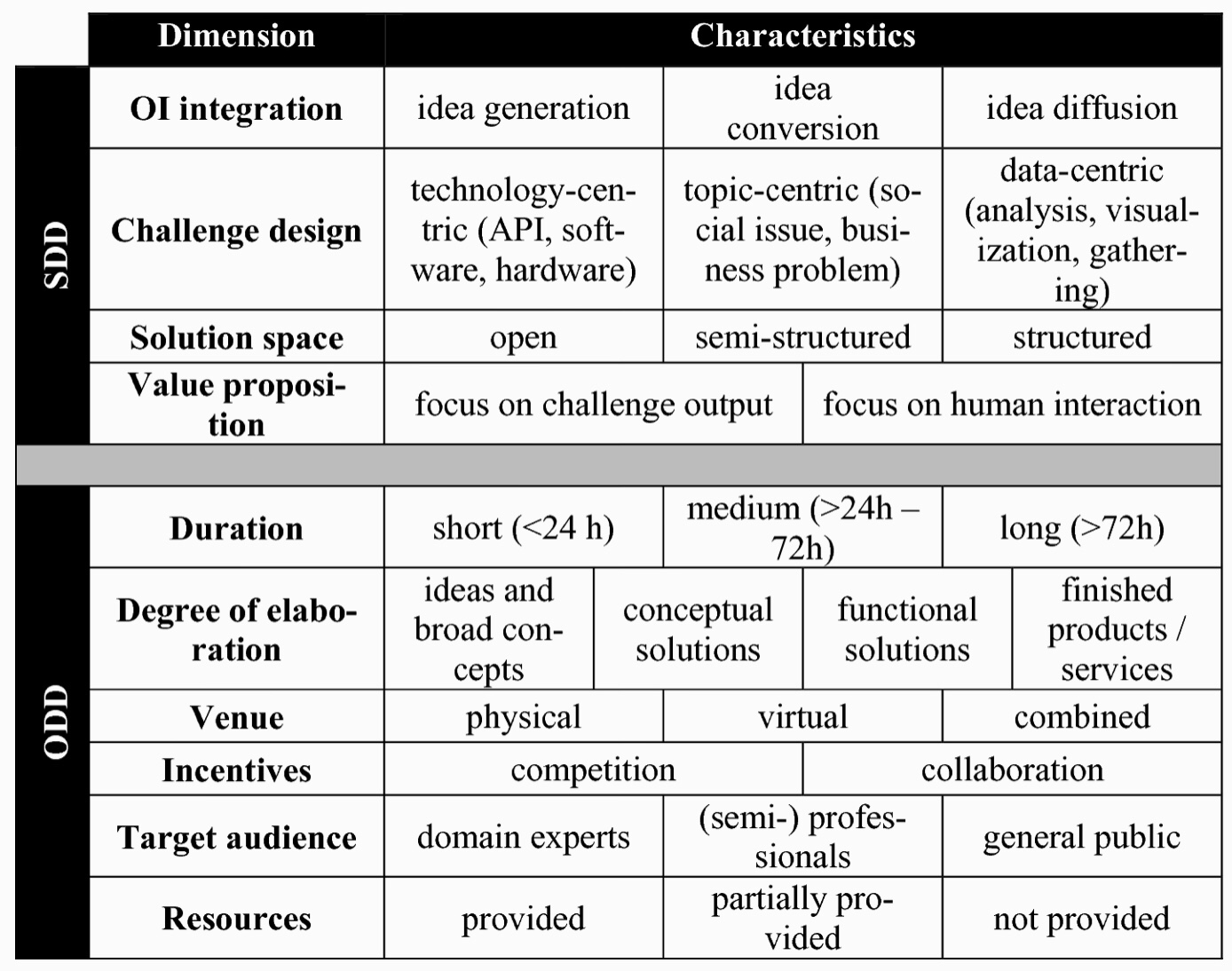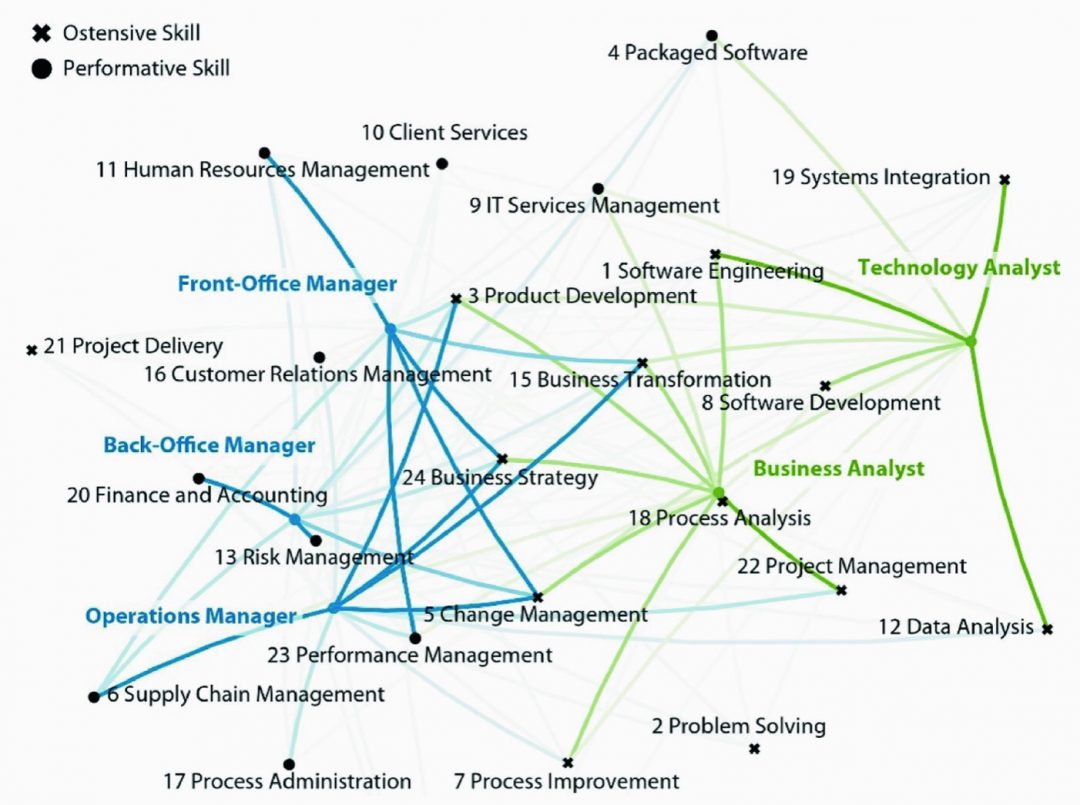Research track on management at @BPMConf – BPM skills, incentives and hackathons
Blog: Column 2 - Sandy Kemsley
We’re into the second day of the main BPM 2019 academic conference, and I attended the research session on management, made up of three papers, each presented by one of the authors with time for questions and discussion. Note that I’ve only listed the presenting author in each case, but you can find all of the contributors on the detailed program and read the full papers in the proceedings.
Regulatory Instability, BPM Technology, and BPM Skill Configuration. Michael zur Muehlen, Stevens Institute of Technology
Organizations have a choice on how they configure their BPM functionality and skills — this is something that I am asked about all the time in my consulting practice — and this research looked at BPM-related roles and responsibilities within three companies across different industries to see how regulatory environments can impact this. The work was based on LinkedIn data for Walmart (retail), Pfizer (pharmaceutical) and Goldman Sachs (financial), with analysis on how the regulatory environments impact the ostensive and performative aspects of processes: in other words, whether compliance issues may be due to an ostensive misfit (design of processes) or a performative misfit (exceptions and workarounds to designed processes). Some industries have a huge number of regulation/rule changes each year: more than 2,000 per year for both financial and pharma, while trade regulations (impacting retail) have few rule changes and therefore may have more stable processes. They also looked at job ads on Monster.com for a broader selection of pharma, retail and financial services companies to generate a skills taxonomy for framing the analysis.

(From research paper)
They did some interesting text analysis on the job ads and the resumes, then mapped the roles and skills for the three companies. They found that some organizations have a bilateral configuration, where manager and analyst roles are involved in both operations and change, and a trilateral configuration, where the change functions performed by managers and project managers but not analysts. The diagram above shows the graph for Walmart; check the proceedings for the other two companies’ graphs and the full details of the analysis. They’re expanding their research to include other organizations to see what other factors (besides regulatory environment) that may be impacting how roles and responsibilities are distributed, as well as studies of how organizations change over a 20-year time period.
Understanding the Alignment of Employee Appraisals and Rewards with Business Processes. Aygun Shafagatova, Ghent University
This research is looking at the crossover between HR research on employee rewards and BPM research on people/culture aspects and BP maturity. They analyzed case studies and performed interviews in a number of companies, and performed a multi-dimensional analysis considering processes, employee roles/levels, BP maturity, reward type, and performance appraisal. They identified patterns of alignment for processes, employee roles and BP maturity, then mapped this to the performance appraisal dimension and the type of rewards (financial or non-financial) that are used for process-related performance and competence.
They identified a number of critical success factors, including rewarding the right performance and behaviors, and recommendations on evaluation and reward techniques based on BPM maturity of an organization.

(From the research paper)
I find this a very interesting topic, and have written papers and presentations on how employee incentives need to change in collaborative process environments. I also see a lot of issues related to this in my consulting practice, where employee appraisals and rewards are not aligned with newly-deployed business processes in the face of more automation and greater need for collaboration in process knowledge work.
What the Hack? – Towards a Taxonomy of Hackathons. Christoph Kollwitz, Chemnitz University of Technology
This research looked at the question of how hackathons can be used to drive/support innovation processes within organizations. The nature of hackathons combines different open innovation tools, including contests, short-period intensive workshops, communities and teamwork, and participation by both the supply and demand side of the solution space. They looked at hackathons from an organizational perspective, that is, how organizations design and execute hackathons, not from the perspective of the participants.
Based on literature reviews, they developed a taxonomy of hackathons based on strategic design decisions (SDD in the diagram) and operational design decisions (ODD). They want to conduct future research with actual case studies and interviews, and study the relationships between the individual dimensions.

(From research paper)
I recently attended a session at a vendor conference where we heard about an internal hackathon at financial services firm Capital One, focused on their use of the vendor’s BPM tool. The presenter didn’t (or couldn’t) share the details of the solutions created, but focused on the organizational aspects — very similar to the topic under study in Kollwitz’ research, and possibly a good target of a case study for their future research.
Leave a Comment
You must be logged in to post a comment.








